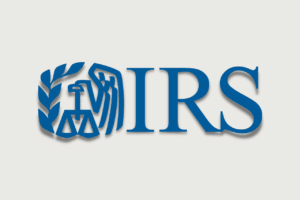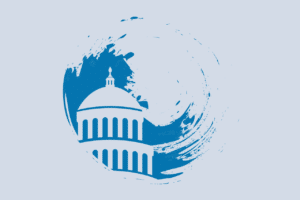IRS/Tax Issues

Opportunity Zones Hearing Rescheduled – Feb. 14
Love for Opportunity Zones will be in the air this Valentine’s Day at the IRS hearing on its proposed Opportunity Zones regulations. The hearing, which was originally scheduled for Jan. 10 and postponed because of the government shutdown, will be at 10 am ET on Feb. 14 in the IRS Building Auditorium in Washington, DC. To be placed on the building access list to attend the hearing, contact Regina Johnson at (202) 317-6901.

IRS proposed rule on reissuance of state or local bonds
The Internal Revenue Service (IRS) issued a proposed rule on reissuance of state or local bonds. The proposed rule provides steps for determining when tax-exempt bonds are treated as retired for purposes of sections 103 and 141 through 150 of title 26 of the Code of Federal Regulations. The proposed rule also amends §1.1001–3(a)(2) of the Internal Revenue Code to conform that section to the special rules in the proposed rule for retirement of qualified tender bonds.

IRS issues final rule on public approval of tax-exempt PABs
The Internal Revenue Service (IRS) issued a final rule that updates requirements for public approval of tax-exempt private activity bonds (PABs). All PABs are required to hold a hearing of public approval. The rule changes the reasonable public notice period from 14 to 7 days prior to the hearing and allows for the posting of the hearing on a website without other notice.

Treasury Releases Priority Guidance Plan
The U.S. Department of the Treasury released its 2018-2019 Priority Guidance Plan. Part one covers implementation of the Tax Cuts and Jobs Act of 2017. Notably, the first item in this section is issuing regulations for LIHTC income averaging. The plan also includes issuing regulations for utility allowances under the LIHTC, clarification and revision of […]

IRS Issues Opportunity Zone Proposed Regulations
On Friday, October 19 the Internal Revenue Service (IRS) issued several critical documents relating to the Opportunity Zone Incentive. This includes:

IRS Publishes Early Release Draft of HTC Form; Clarifies Credit to Be Claimed at 4 Percent Per Year for Five Years
The Internal Revenue Services (IRS) has issued an updated Draft Form 3468 and Draft Instructions for the 2018 tax year. This is the form that taxpayers must submit in order to claim the federal historic tax credit, as well as several other investment and energy credits. Notably, the form answers a significant question coming out of tax-reform — […]

IRS Submits Opportunity Zone Regulation to OMB for Review
The Internal Revenue Services submitted regulatory guidance for the Qualified Opportunity Zone Program to the Office of Information and Regulatory Affairs, a division of the White House Office Management of the Budget (OMB) on Wednesday September 12. This proposed rule is expected to clarify several issues relating to the incentive. The specifics of the proposed regulatory […]

Treasury Makes Final Round of Opportunity Zone Designations
The final round of submissions were approved for: Florida; Nevada; Pennsylvania; and Utah. All Opportunity Zones can now be viewed on the CDFI Fund website.

IRS Updates Opportunity Zone FAQs, 2017 Gains Eligible for Deferral
The IRS has updated the Opportunity Zones Frequently Asked Questions document to reflect that both 2017 and 2018 gains invested in Opportunity Zone Funds are eligible for deferral.

IRS Revises Form 8609, Adds Income Averaging Election
Several states have already adopted policies for dealing with the income averaging election while still others remain in the policy formation and comment collection process.

IRS Releases FAQ on Opportunity Zones, Taxpayers Will Self-Certify to Become Qualified Opportunity Fund
The document specifies that eligible taxpayers will self-certify to become a Qualified Opportunity Fund by filling out a form to attach to the taxpayer’s federal income tax return for the taxable year.

IRS Reduces Small State Minimums for LIHTCs and PABs
The adjustment leaves per-capita amounts unchanged for LIHTCs and PABs. However, the LIHTC small state minimum was reduced by $5,000 while the small state minimum for PABs was reduced by $665,000.